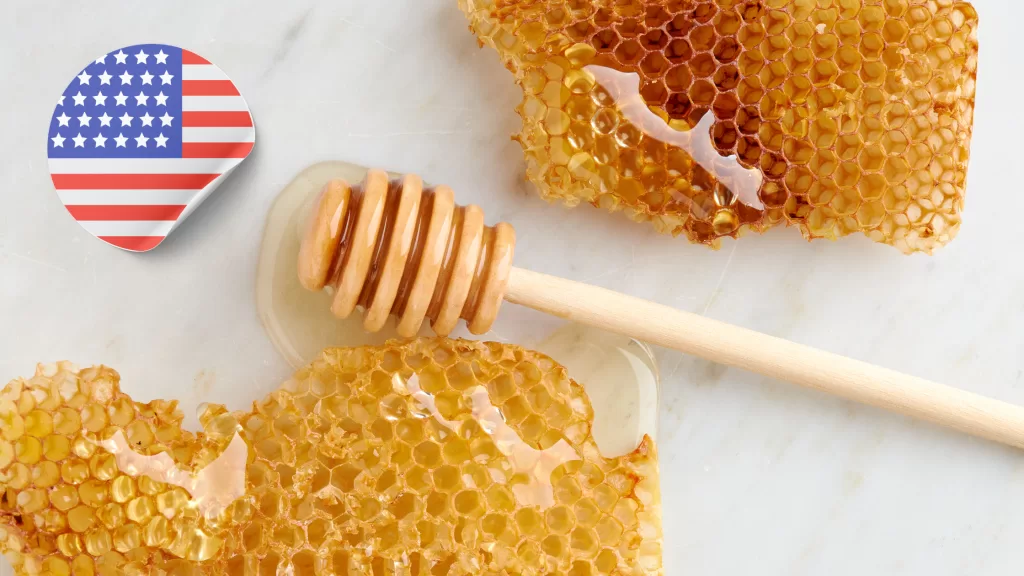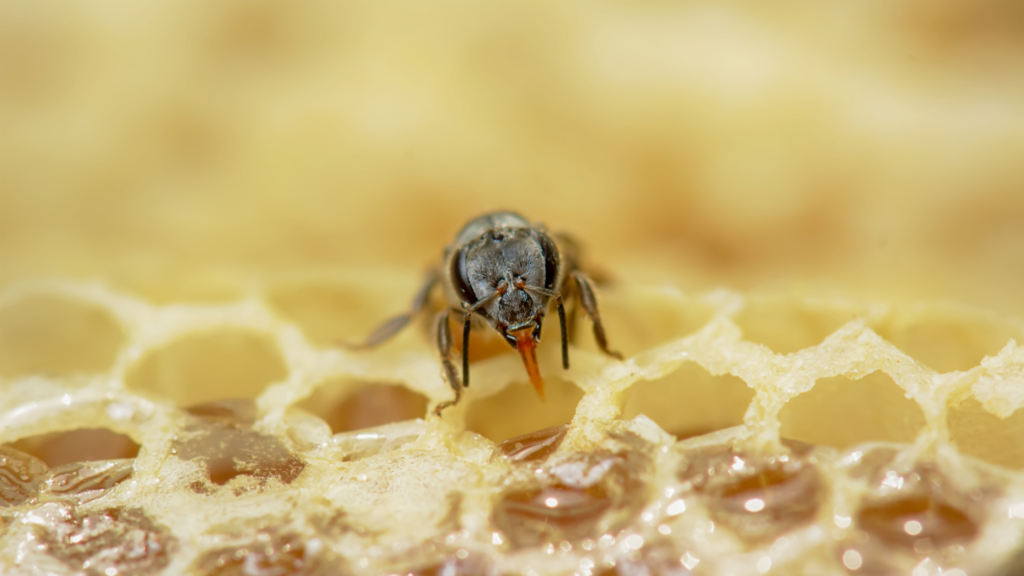Threats to honeybees and their decline
Threats to HoneyBees and Their Decline: Protecting Our Precious Pollinators
Honeybees, as essential pollinators, face numerous threats that contribute to their decline in various parts of the world. The decline of honey bee populations is a matter of great concern, as it not only affects honey production but also has severe implications for global food security and biodiversity. In this article, we will explore the major threats faced by honey bees and delve into the factors contributing to their decline. Understanding these threats is crucial for implementing effective conservation strategies to safeguard the future of honey bees and the ecosystems they support.
Threats to honeybees and their decline:
Colony Collapse Disorder is a phenomenon where entire honeybee colonies inexplicably die off or disappear. The exact cause of CCD is not fully understood, but researchers have identified a combination of factors, including pesticides, pathogens, habitat loss, and nutritional deficiencies. CCD remains a significant concern for beekeepers and scientists studying honey bee health.
Pesticides, particularly neonicotinoids, pose a significant threat to honeybees. These systemic pesticides can be absorbed by plants and remain present in nectar and pollen, which bees consume. Prolonged exposure to these chemicals can weaken honeybee immune systems, impair navigation and foraging abilities, and contribute to colony decline.
Varroa mites are external parasites that infest honeybee colonies and weaken the bees by feeding on their hemolymph. These mites can transmit viruses, further compromising the health of honeybee colonies. Other parasites, such as the small hive beetle and wax moth, can also cause damage to honeybee colonies if left unchecked.
Honeybees are susceptible to various diseases and pathogens. Nosema, a fungal disease, can affect the digestive system of bees, leading to weakened immune responses and colony decline. Viral infections, such as deformed wing virus and Israeli acute paralysis virus, can have devastating effects on honeybee colonies.
The loss of natural habitats and the fragmentation of landscapes have a significant impact on honeybees. Urbanization, agricultural intensification, and deforestation reduce the availability of diverse foraging resources for bees, limiting their access to the nutrition they need to thrive. The loss of floral diversity and nesting sites further exacerbate the challenges faced by honeybees.
Climate change poses significant threats to honeybees. It can alter the timing and availability of flowering plants, disrupting the synchrony between bees and their food sources. Extreme weather events, such as droughts and heatwaves, can weaken colonies and affect foraging patterns. Climate change also contributes to the spread of pests and diseases that impact honeybee health.
The loss of genetic diversity in honeybee populations reduces their resilience to environmental challenges. Factors such as intensive breeding practices and the spread of non-native bee populations can lead to decreased genetic diversity, making honeybees more susceptible to diseases, pests, and environmental stressors.
The threats facing honey bees are complex and multifaceted. To address the decline of honey bee populations and protect their crucial role as pollinators, it is essential to implement holistic conservation strategies. These strategies may include reducing pesticide use, promoting habitat restoration and conservation, supporting beekeeper education and best management practices, and fostering collaboration between researchers, policymakers, and beekeeping communities. By understanding and addressing the threats to honey bees, we can work towards ensuring their survival and safeguarding the invaluable services they provide to our ecosystems and food systems.
More From The Hive:

A Comprehensive Guide to Australian Honey: Types, Production, and Benefits
Australia is home to some of the world’s finest honey, known for its unique flavors, exceptional quality, and health benefits. Thanks to its diverse flora and pristine natural environment, Australia produces honey that reflects the rich biodiversity of its landscapes. Whether it’s the famous Manuka honey from the Leptospermum trees

An In-Depth Guide to Honey in the United States of America (USA): Types, Production, and Benefits
Honey, one of nature’s sweetest treasures, has been an integral part of human diets and cultures for thousands of years. In the United States of America (USA), honey production is not only a thriving industry but also a testament to the country’s diverse ecosystems. From the tropical blossoms of Florida

The Small Honey Bee (Apis florea): A Comprehensive Guide to One of Nature’s Tiny Pollinators
The Small Honey Bee, scientifically known as Apis florea, is one of the lesser-known species of honey bees, yet it plays a vital role in the ecosystems of Asia and parts of the Middle East. Despite its size, the Apis florea bee is a remarkable pollinator, and its unique biology

Exploring the Sweet Diversity of Canadian Honey: A Guide to Types and Flavors
Canada is home to a rich tapestry of landscapes and climates, each contributing to the unique flavors and types of honey produced across the country. From the prairies of Alberta to the forests of British Columbia, Canadian honey reflects the diverse flora that bees visit. In this blog, we will

The Rock Honey Bee (Apis laboriosa): Guardians of the Himalayan Honey
The Rock Honey Bee (Apis laboriosa) is an awe-inspiring species that thrives in the rugged landscapes of the Himalayas, where it builds massive nests on vertical cliffs. Known for producing highly prized wild honey and for its ability to endure extreme mountain conditions, this bee species has captivated researchers, beekeepers,

The Giant Honey Bee (Apis dorsata): Nature’s Fearless Honey Maker
The Giant Honey Bee, scientifically known as Apis dorsata, is a remarkable species native to South and Southeast Asia. Known for its impressive size, bold temperament, and incredible honey-producing capabilities, this bee plays a crucial role in the ecosystem and supports human livelihoods. Despite its importance, the Giant Honey Bee
